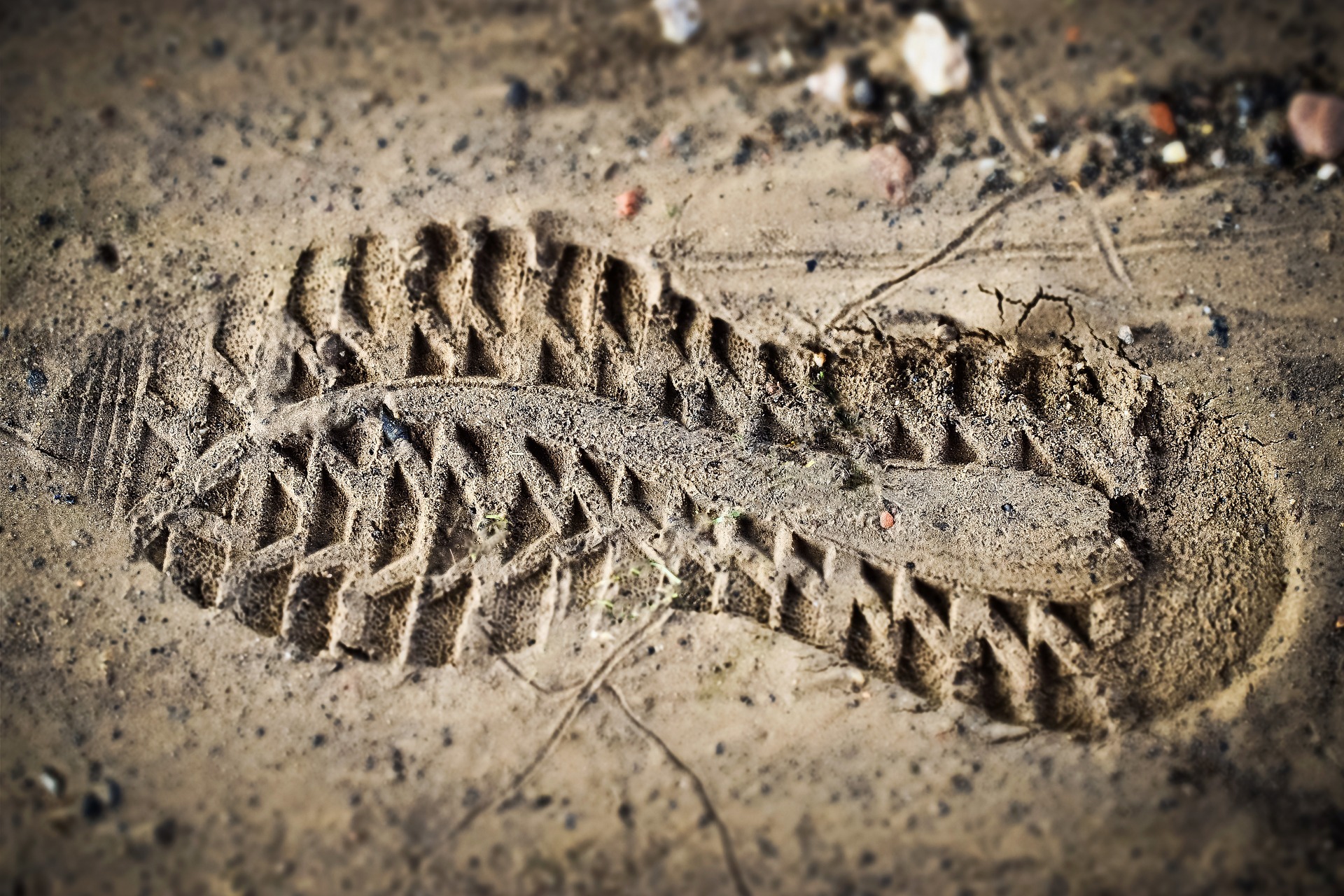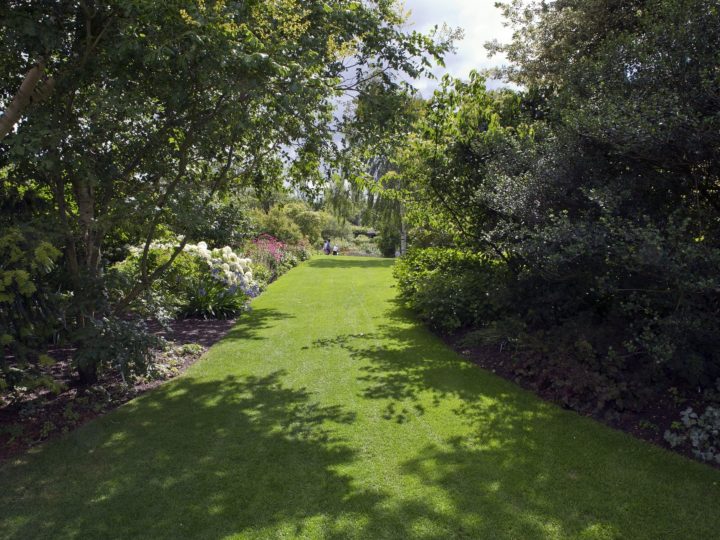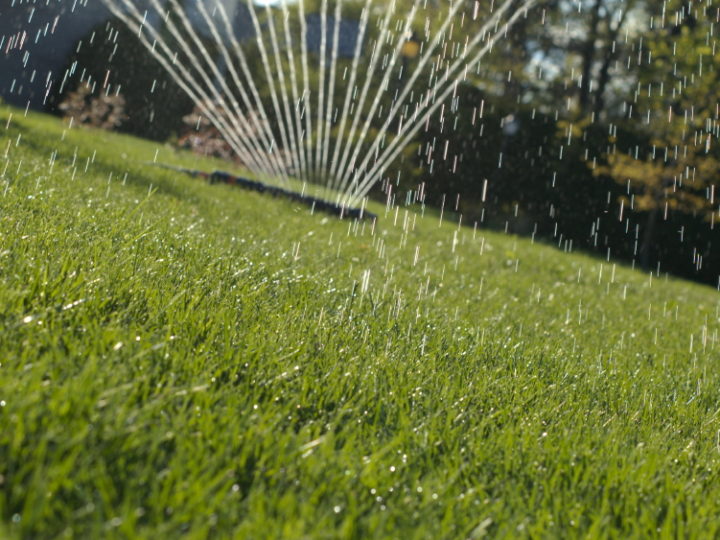
Understanding your soil is basic to all kinds of gardening, from vegetable growing to lawn care. It is easy to make mistakes by using advice for a different soil and not getting the results you want. So before starting to put in that new lawn, take some time to find out your soil and us that knowledge to adjust your seed bed preparation activities.
There are two things you need to know about your soil – its texture and its pH. Luckily both of these things are easy to determine.
Soil Texture
Soil texture is a description of the relative quantities of the different sizes of soil particles that make up your soil. The size of particles determines how large the spaces are between them – think of a box full of footballs and one full of golf balls. Those spaces in turn determine how water flows through the soil and how air will enter it.
There are two simple ways to get an approximation of your soil texture. One involves examining some damp soil. The other used a large glass jar in which you place some soil in water and let it settle. Both of these methods are clearly explained here.
Once you have done these tests you will know if your soil is sandy, clay, silt or loam. Remember that the soil can be different in different parts of your garden, especially if it is large, so test several areas.
Soil pH
pH is a measure of the acidity or alkalinity of your soil. It determines how easily plants can obtain nutrients from the soil and if naturally toxic materials are entering the soil water and affecting plant growth.
pH can be determined using a small kit available at most garden centres and hardware stores. Again, you should test several areas, especially if you find that you have different soil textures in different parts of the garden. When preparing a sample for testing, take several scoops of soil from the area, mix them together and then take your sample from that mixture. This will avoid accidentally taking a sample from some spot that is not average for the area – where an animal recently went to the bathroom for instance.
The ideal pH for turf grasses is 6.5 to 7.0 – slightly acidic to neutral. If your soil is below this range you can easily raise the pH by the addition of lime during soil preparation.
The amount of lime needed is influenced by the type of soil you have. To raise the pH from 5.5 to 6.5 will need around 13 Kg per 100m2 for a sandy soil, around 38 Kg per 100m2 for a loam and around 65 Kg per 100m2 for a clay soil.
If you soil is very alkaline, with a pH over 7.2, there is no practical way to lower the pH. Seed mixes containing ryegrass will usually perform well on alkaline soils however and as the pH below lawns tends to drop over time you will probably have few problems.
Preparing the Seed-Bed
If you have a loam soil then all that is needed during preparation is the addition of a starter fertilizer. Grass does not need organic material to grow well and over time the organic content of the soil will increase from the decay of grass roots and the accumulation of clippings.
However if you have a very sandy soil, or a clay soil, water retention and drainage are potential problems. A sandy soil will dry out very quickly, leaving the grass starved for water. A clay soil may be constantly wet, causing root decay and disease problems.
These issues are best addressed during seed-bed preparation. For both soil types the solution is the same – add long-lasting organic material. In sandy soil this will help retain water and reduce the effect of drought. In clay soil it will open spaces in the dense soil and also cause the tiny particles to stick together – called aggregation – and improve the drainage.
Liming will have a similar effect on clay soil, but be careful not to lime and add organic material at the same time as toxic materials may be generated. If you want to do both, lime in the autumn and add manure in the spring.
Compost, manures, rotted straw, coco-peat and leaf-mould are all good sources of long-lasting organic materials. Composted sawdust is also ideal, but do not use fresh sawdust as this will remove valuable nutrients from the soil. Spread a layer of these materials 2-6 cm deep on the soil and dig or rototill it into the top 20cm of the seed-bed.
Low price is going to be the most important consideration, rather than quality – the longevity of the material is the important property you should look for. You are adding this material for its benefits to soil structure, not its nutrient properties.
A starter fertilizer should then be raked into the surface of all types of soil.
Adjusting the pH and organic content of your seed-bed based on the specific character of your soil will ensure that you have a suitable seed-bed for the long-term development of a first-class lawn.




